Uncategorized
White House closer to partial shutdown with wall demand

WASHINGTON — Pushing the government to the brink of a partial shutdown, the White House is insisting that Congress provide $5 billion to build a wall along the U.S.-Mexico border despite lawmaker resistance from both parties.
Without a resolution, parts of the federal government will shut down at midnight Friday.
“We’re going to do whatever is necessary to build the border wall to stop this ongoing crisis of illegal immigration,” White House senior adviser Stephen Miller said Sunday.
Asked if that meant having a government shutdown, he said: “If it comes to it, absolutely.”
President Donald Trump said last week he would be “proud” to have a shutdown to get Congress to approve a $5 billion down payment to
Both major political parties in Congress have suggested that Trump would likely need to make the next move to resolve the impasse. The House is taking an extended weekend break, returning Wednesday night. The Senate returns Monday after a three-day absence.
The Democratic congressional leaders, Sen. Chuck Schumer and Rep. Nancy Pelosi, have proposed no more than $1.6 billion, as outlined in a bipartisan Senate bill. The money would not go for the wall but for fencing upgrades and other border security. Democrats also offered to simply keep funding at its current level, $1.3 billion.
Showing no signs of budging, Schumer said Sunday that it was up to Trump to decide whether the federal government will partially shut down, sending thousands of federal employees home without pay during the holidays.
About one-quarter of the government would be affected, including the departments of Homeland Security, Transportation, Agriculture, State and Justice, as well as national parks.
“He is not going to get the wall in any form,” Schumer said.
Trump had neither accepted nor rejected the Democrats’ proposal as of Friday, according to the Democrats, telling them he would take a look. Trump will need Democratic votes either way, now or in the new year, for passage.
Trump, during his 2016 presidential campaign, promised that Mexico would pay for the wall. Mexico refused.
Wyoming Sen. John Barrasso, the No. 3 Republican in the Senate, said Republicans remain hopeful they can come up with a proposal that can be acceptable to Trump and pass both chambers. He suggested that could take the form of a stopgap bill that extends funding until January or a longer-term bill that includes money for border security.
“There are a lot of things you need to do with border security,” he said. “One is a physical barrier but also the technology, the manpower, the enforcement, all of those things, and our current laws are in some ways an incentive for people to come to this country illegally, and they go through great risk and possibly great harm.”
Sen. Susan Collins, R-Maine, urged senators to revisit a bill she helped push earlier this year that would provide $2.5 billion for border security, including physical barriers as well as technology and border patrol agents.
Schumer declined to say whether Democrats would be willing to consider proposals other than the two options that he and Pelosi offered.
Republicans “should join us in one of these two proposals, which would get more than enough votes passed and avoid a shutdown,” Schumer said. “Then, if the president wants to debate the wall next year, he can. I don’t think he’ll get it. But he shouldn’t use innocent workers as hostage for his temper tantrum.”
Miller and Barrasso spoke on CBS’ “Face the Nation,” Schumer appeared on NBC’s “Meet the Press,” and Collins was on ABC’s “This Week.”
Hope Yen, The Associated Press
Uncategorized
Kananaskis G7 meeting the right setting for U.S. and Canada to reassert energy ties


Energy security, resilience and affordability have long been protected by a continentally integrated energy sector.
The G7 summit in Kananaskis, Alberta, offers a key platform to reassert how North American energy cooperation has made the U.S. and Canada stronger, according to a joint statement from The Heritage Foundation, the foremost American conservative think tank, and MEI, a pan-Canadian research and educational policy organization.
“Energy cooperation between Canada, Mexico and the United States is vital for the Western World’s energy security,” says Diana Furchtgott-Roth, director of the Center for Energy, Climate and Environment and the Herbert and Joyce Morgan Fellow at the Heritage Foundation, and one of America’s most prominent energy experts. “Both President Trump and Prime Minister Carney share energy as a key priority for their respective administrations.
She added, “The G7 should embrace energy abundance by cooperating and committing to a rapid expansion of energy infrastructure. Members should commit to streamlined permitting, including a one-stop shop permitting and environmental review process, to unleash the capital investment necessary to make energy abundance a reality.”
North America’s energy industry is continentally integrated, benefitting from a blend of U.S. light crude oil and Mexican and Canadian heavy crude oil that keeps the continent’s refineries running smoothly.
Each day, Canada exports 2.8 million barrels of oil to the United States.
These get refined into gasoline, diesel and other higher value-added products that furnish the U.S. market with reliable and affordable energy, as well as exported to other countries, including some 780,000 barrels per day of finished products that get exported to Canada and 1.08 million barrels per day to Mexico.
A similar situation occurs with natural gas, where Canada ships 8.7 billion cubic feet of natural gas per day to the United States through a continental network of pipelines.
This gets consumed by U.S. households, as well as transformed into liquefied natural gas products, of which the United States exports 11.5 billion cubic feet per day, mostly from ports in Louisiana, Texas and Maryland.
“The abundance and complementarity of Canada and the United States’ energy resources have made both nations more prosperous and more secure in their supply,” says Daniel Dufort, president and CEO of the MEI. “Both countries stand to reduce dependence on Chinese and Russian energy by expanding their pipeline networks – the United States to the East and Canada to the West – to supply their European and Asian allies in an increasingly turbulent world.”
Under this scenario, Europe would buy more high-value light oil from the U.S., whose domestic needs would be back-stopped by lower-priced heavy oil imports from Canada, whereas Asia would consume more LNG from Canada, diminishing China and Russia’s economic and strategic leverage over it.
* * *
The MEI is an independent public policy think tank with offices in Montreal, Ottawa, and Calgary. Through its publications, media appearances, and advisory services to policymakers, the MEI stimulates public policy debate and reforms based on sound economics and entrepreneurship.
As the nation’s largest, most broadly supported conservative research and educational institution, The Heritage Foundation has been leading the American conservative movement since our founding in 1973. The Heritage Foundation reaches more than 10 million members, advocates, and concerned Americans every day with information on critical issues facing America.
Uncategorized
Poilievre on 2025 Election Interference – Carney sill hasn’t fired Liberal MP in Chinese election interference scandal
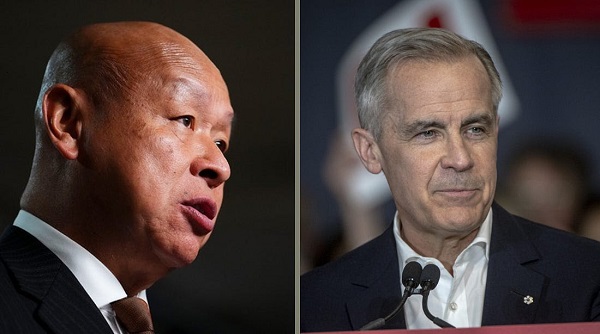
From Conservative Party Communications
“Yes. He must be disqualified. I find it incredible that Mark Carney would allow someone to run for his party that called for a Canadian citizen to be handed over to a foreign government on a bounty, a foreign government that would almost certainly execute that Canadian citizen.
“Think about that for a second. We have a Liberal MP saying that a Canadian citizen should be handed over to a foreign dictatorship to get a bounty so that that citizen could be murdered. And Mark Carney says he should stay on as a candidate. What does that say about whether Mark Carney would protect Canadians?
“Mark Carney is deeply conflicted. Just in November, he went to Beijing and secured a quarter-billion-dollar loan for his company from a state-owned Chinese bank. He’s deeply compromised, and he will never stand up for Canada against any foreign regime. It is another reason why Mr. Carney must show us all his assets, all the money he owes, all the money that his companies owe to foreign hostile regimes. And this story might not be entirely the story of the bounty, and a Liberal MP calling for a Canadian to be handed over for execution to a foreign government might not be something that the everyday Canadian can relate to because it’s so outrageous. But I ask you this, if Mark Carney would allow his Liberal MP to make a comment like this, when would he ever protect Canada or Canadians against foreign hostility?
“He has never put Canada first, and that’s why we cannot have a fourth Liberal term. After the Lost Liberal Decade, our country is a playground for foreign interference. Our economy is weaker than ever before. Our people more divided. We need a change to put Canada first with a new government that will stand up for the security and economy of our citizens and take back control of our destiny. Let’s bring it home.”
-

 conflict2 days ago
conflict2 days agoTrump dismisses US intelligence that Iran wasn’t pursuing nuclear bomb before Israeli attack
-

 Censorship Industrial Complex2 days ago
Censorship Industrial Complex2 days agoJordan Peterson reveals DEI ‘expert’ serving as his ‘re-education coach’ for opposing LGBT agenda
-
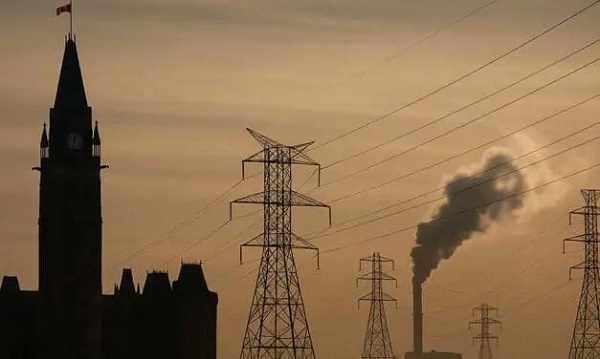
 Energy22 hours ago
Energy22 hours agoWho put the energy illiterate in charge?
-
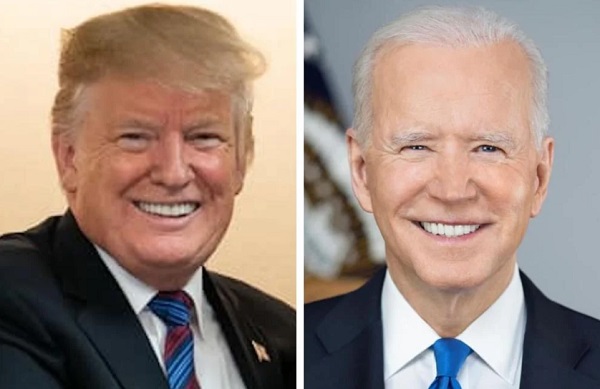
 espionage21 hours ago
espionage21 hours agoFBI Buried ‘Warning’ Intel on CCP Plot to Elect Biden Using TikTok, Fake IDs, CCP Sympathizers and PRC Students—Grassley Probes Withdrawal
-

 Alberta2 days ago
Alberta2 days agoUnified message for Ottawa: Premier Danielle Smith and Premier Scott Moe call for change to federal policies
-
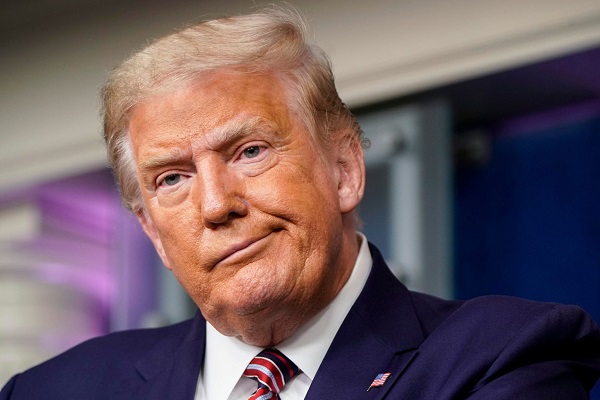
 Business2 days ago
Business2 days agoCanada’s critical minerals are key to negotiating with Trump
-
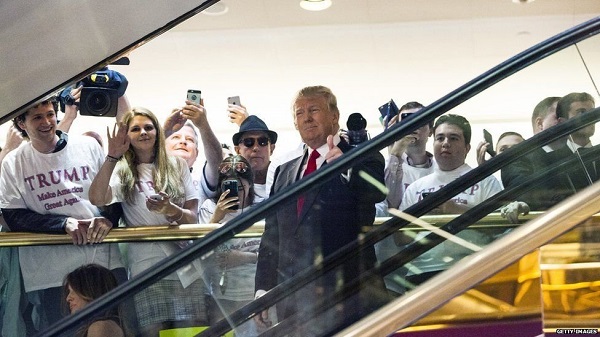
 Bruce Dowbiggin16 hours ago
Bruce Dowbiggin16 hours agoFUBAR: How Trudeau & Trump Rewrote This Century’s Political Handbook
-
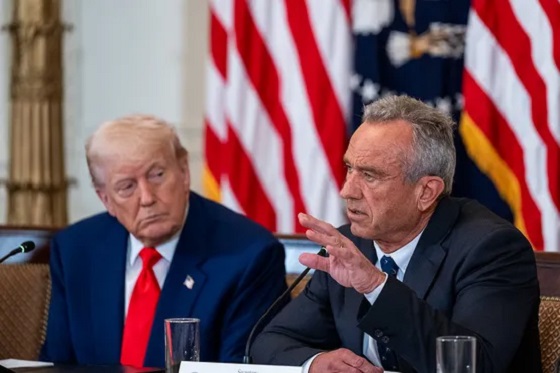
 Business1 day ago
Business1 day agoRFK Jr. planning new restrictions on drug advertising: report






